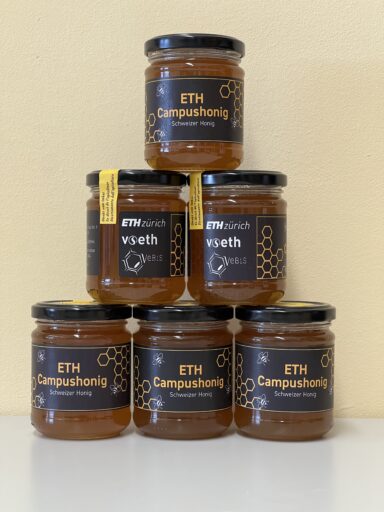The teaching apiary at the ETH Zurich Hönggerberg campus
Started in March 2022, the Department of Biology developed the teaching apiary in order to give interested students the opportunity to learn modern beekeeping theory and directly implement their knowledge in practice on-site at the Hönggerberg campus.
Sustainably maintained and operated by a small group of self-dependent students, the teaching apiary complements the current biology curriculum and provides a platform for demonstrations to classes and community teachers.
Currently ca. 20 students supervise the apiary on the Hönggerberg campus.

This movie shows the time lapse of brood development and hatching of adult bees on a brood comb. The comb was placed into the honey room above a queen excluder, and pictures were taken at 12-hour intervals.
Film produced by Prof. Rudolf Glockshuber and Dr. Dawid Zyla
The campus apiary is a joint project of the Department of Biology and the Union of Biology Students at ETH Zurich (VeBiS). The project is supported by Green Space Management Hönggerberg GH.
Currently, a core team of around 20 students is taking care of the apiary, which developed from 5 small colonies in March 2022 into full-fledged colonies, leading to the harvest of 67 kg of the very first ETH Campus Honey at the end of May 2022. As a period of very low honey flow followed, the second planned honey harvest had to be cancelled. In addition, the students bred their own queens from their best-performing colonies so that the apiary consisted of 11 colonies in autumn 2022. All colonies were prepared for hibernation by feeding with sugar syrup and treatment with organic acids to minimize Varroa mite infestation.
By the end of 2022, the students had learnt all necessary steps of modern beekeeping, from queen rearing to the creation of new colonies. Now they are passing on their theoretical and practical knowledge to the new members of the Campus Bees Group.
A first inspection of our colonies in March 2023 showed that one colony was queenless and had to be dissolved. We therefore started with 10 colonies into the new season. The yield of the first honey harvest June 4th 2023 was 120 kg, and the yield of the second harvest on July 29th 2023 was 100 kg. In addition, we could rear numerous queens and splits from our best colony. At the end of the 2023 season, 9 full-fleched colonies and 12 nucs were prepared for hibernation. For the 2024 season, we are planning to start again with 10 colonies for honey production and to sell excess colonies in April 2024.
Funding of the teaching apiary comes from the sale of our ETH Campus Honey.
Analysis of our ETH Campus Honey (QSI GmbH Bremen, Germany):
| Lot (date of harvest): | 26.05.2022 | 04.06.2023 | 29.07.2023 |
| Water content EU und CH regulations: below 20% | 15.5% | 16.4% | 15.7% |
| Hydroxymethlyfurfural (HMF) EU und CH regulations: less than 40 mg/kg | 1.9 mg/kg | 2.2 mg/kg | not detectable |
| Diastase (Amylase)-content EU und CH regulations: at least 8 Schade-Units (SU) | 33.1 SU | > 50 SU | > 50 SU |
| Acid content EU und CH regulations: less than 50 milliequivalents/kg | 14.0 meq/kg | 17.0 meq/kg | 31.5 meq/kg |
Which plants did our campus bees visit?
To find out which plants our bees visited during their search for nectar and pollen, we extracted all proteins contained in our campus honey and subjected them to “shotgun-sequencing” at the Functional Genomics Center Zurich. This method involves fragmentation of the proteins by the protease trypsin and identification of the fragments by mass spectrometry.
The following list shows a selection of identified forage plants:
- Sweet cherry (Prunus avium)
- Maple (Acer yangbiense)
- Rapeseed (Brassica campestris & napus)
- Wild cabbage (Brassica oleracea var oleracea)
- Apple (Malus domestica)
- Pear (Pyrus communis)
- Clementine (Citrus clementina)
- Bitter vineMikania micrantha)
- Cherry (Prunus yedoensis var nudiflora)
- Mostuea (Mostuea brunonis)
- Opium poppy (Papaver somniferum)
- Aquilegia / columbine (Aquilegia coerulea)
- Lopseed (Erythranthe guttata)
- Annual mugwort (Artemisia annua)
- China rose (Rosa chinensis)
- Artichoke (Cynara cardunculus var scolymus)
- Pennycress (Noccaea caerulescens)
- Grapevine (Vitis vinifera)
- Dove-tree (Davidia involucrata)
- Thunder duke vine (Tripterygium wilfordii)
Beekeeping Concept
Pictures
If you are interested in the work of the Campus Bees Group, please contact us via campusbienen[at]biol[dot]ethz.ch.
